Building A Sun On Earth
© Alastair Philip WiperITER (International Thermonuclear Experimental Reactor and Latin for “the way”) is an international nuclear fusion research and engineering megaproject that will be the world’s largest magnetic confinement plasma physics experiment. In southern France 35 nations are collaborating on a magnetic fusion device designed to prove the feasibility of fusion as a large-scale and carbon-free energy source based on the same principle that powers our Sun and stars. Countries funding and running in the project include the EU, the United States, Russia, China, India, Japan, and South Korea. The ITER project aims to make the long-awaited transition from experimental studies of plasma physics to full-scale electricity-producing fusion power stations. The ITER fusion reactor is designed to produce 500 MW of output power for around twenty minutes while needing only 50 MW of input— thus demonstrating the principle of producing more energy from the fusion process than is used to initiate it, something not hitherto achieved in any fusion reactor. The facility is expected to finish its construction phase in 2021, to start commissioning the reactor in the same year, and to begin plasma experiments in 2025, with full deuterium–tritium fusion experiments starting in 2035.
Nuclear fusion reactors are thought to be one of the biggest hopes for the future of energy. They will use abundant sources of fuel (two hydrogen isotopes: deuterium, which can be extracted from seawater, and tritium, which can be produced from lithium in the fusion chamber); they produce no long-lived waste; and they are intrinsically safe, unlike current nuclear reactors, which use nuclear fission. Nuclear fission creates massive amounts of energy by splitting heavy atoms, but at the same time creates radiation and radioactive waste that lasts a long, long time. Nuclear fusion, on the other hand, creates energy by fusing light atoms: two hydrogen atoms come together to form one helium atom, a neutron and a hell of a lot of energy. It’s the same kind of reaction that happens in the sun.
Conceptually, harnessing the power of nuclear fusion has been relatively simple, but in practice scientists have found it extremely difficult to confine and maintain the reaction. For starters, fusion requires a temperature of over 100 million degrees Celsius. It also requires particular conditions of energy confinement and density. The most advanced fusion reactor design today is the tokamak, which JET uses and ITER will also use. Tokamak devices use powerful magnetic fields to confine a hot plasma in the shape of a torus (magnetic confinement fusion). Other projects are experimenting with alternative architectures (among them, the stellarator) or lasers (inertial confinement fusion).

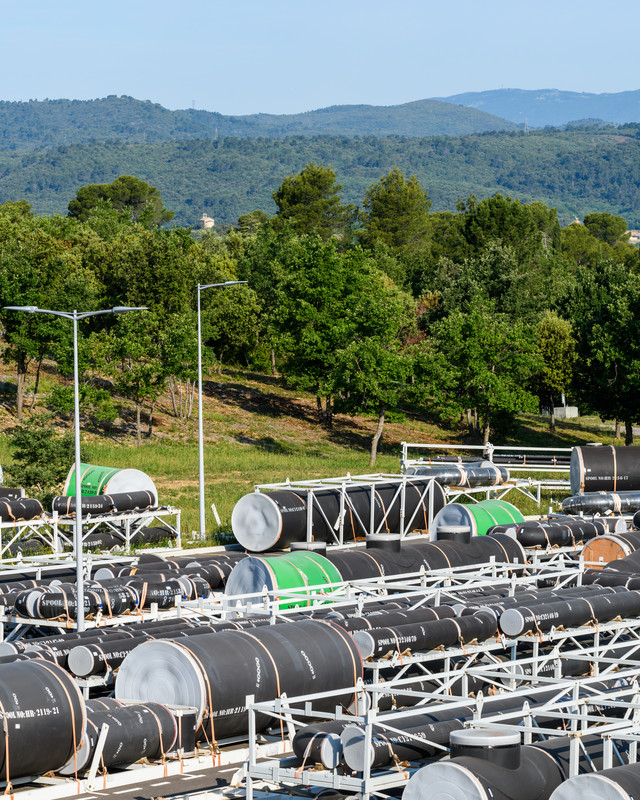
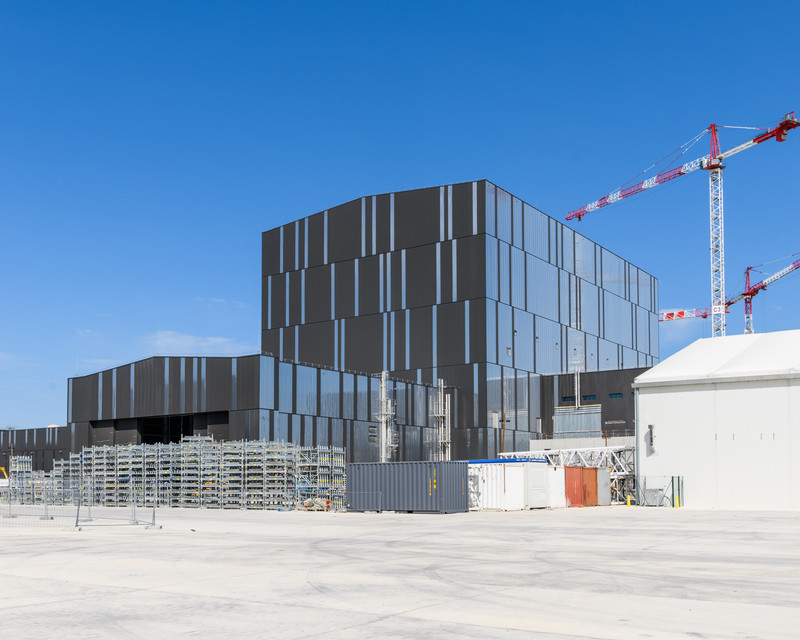
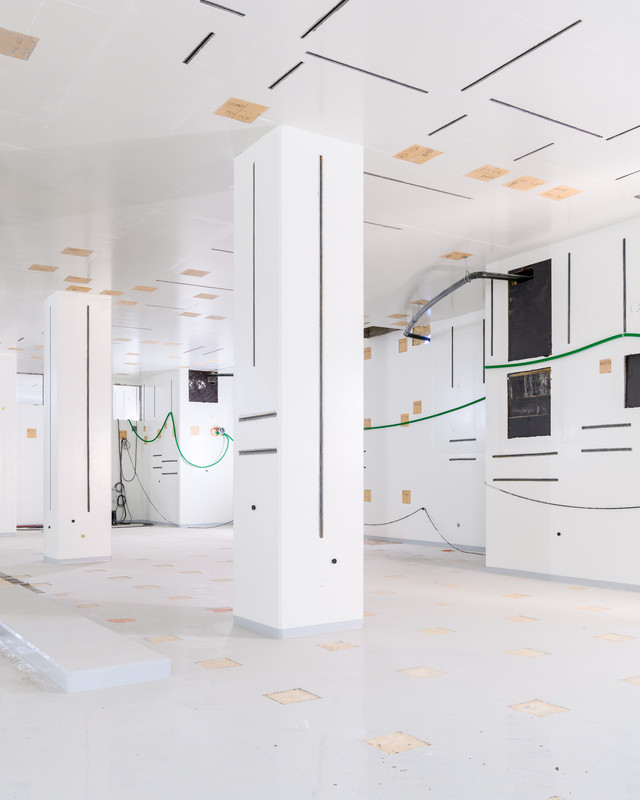
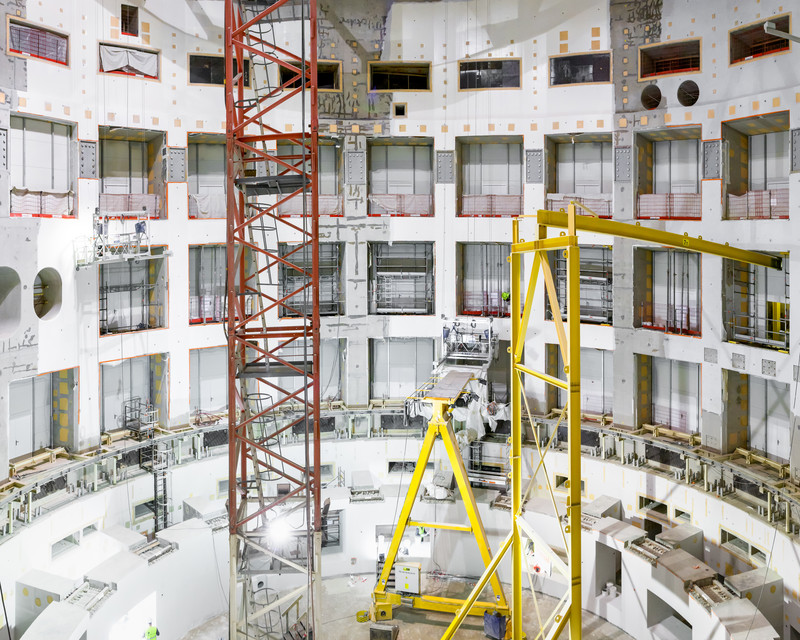
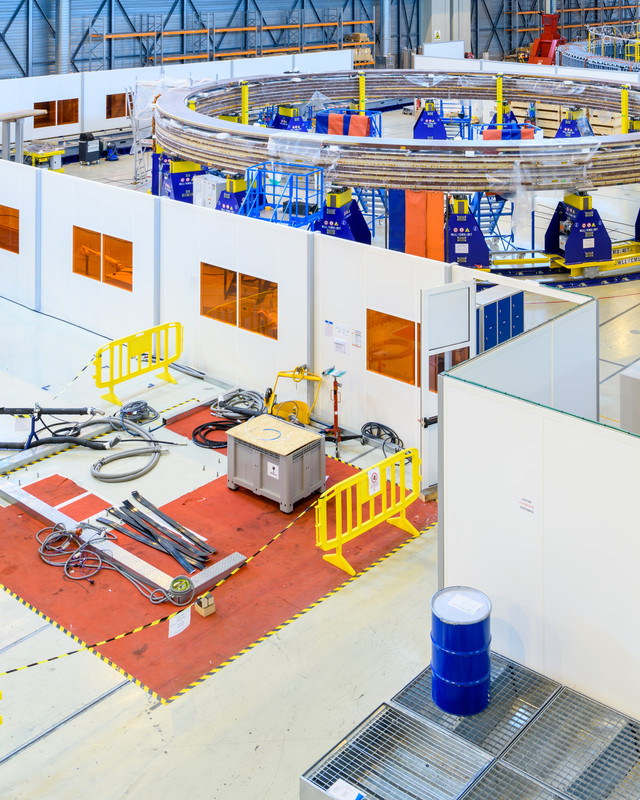
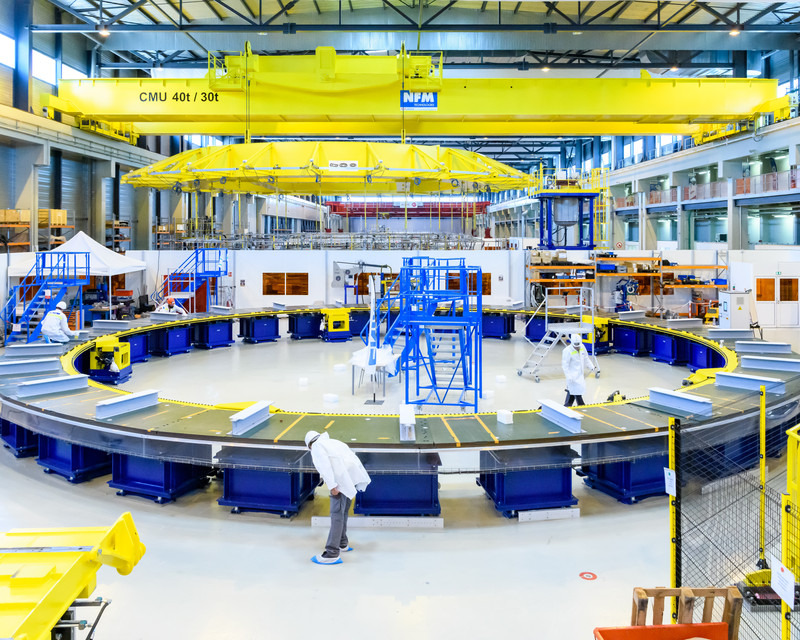

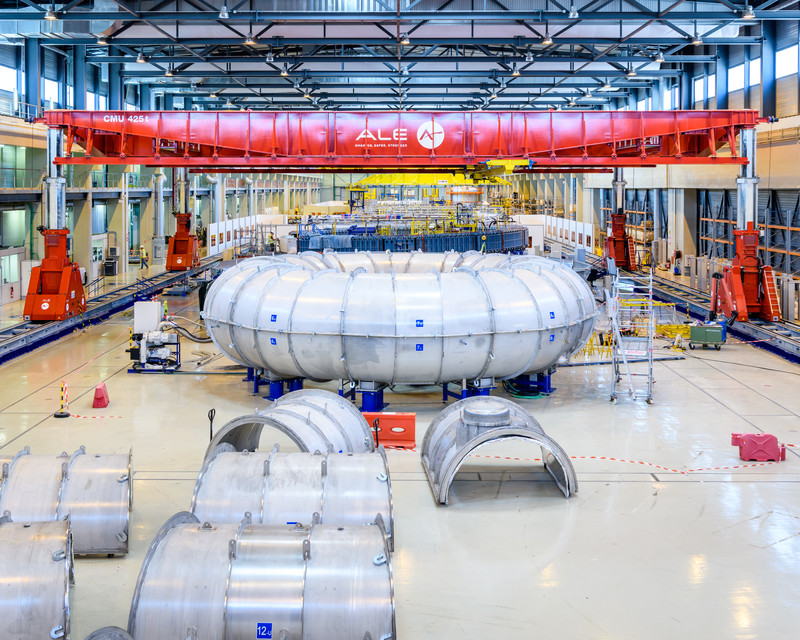


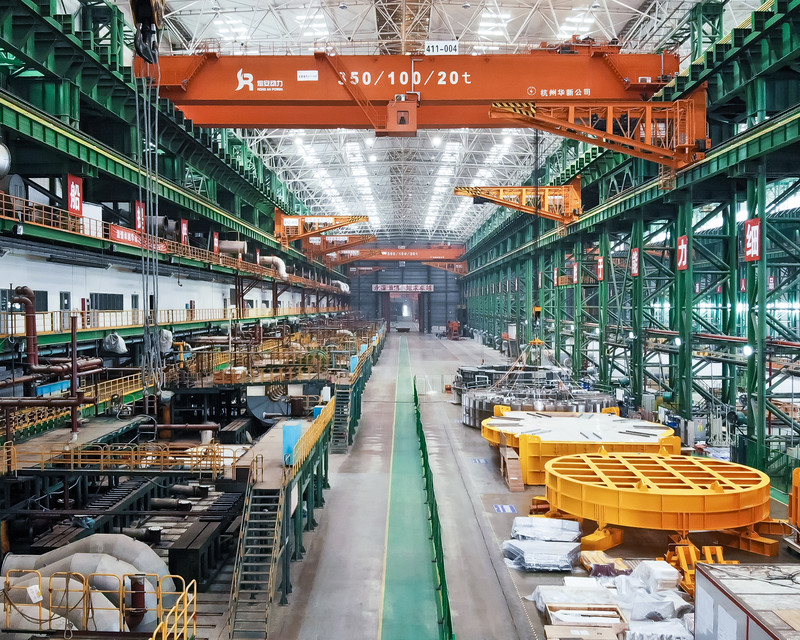
This series takes in the progress at the ITER site in France as well as the final testing of Poloidal Field Coil 6 in Hefei, China, before shipping to France.
click to view the complete set of images in the archive
